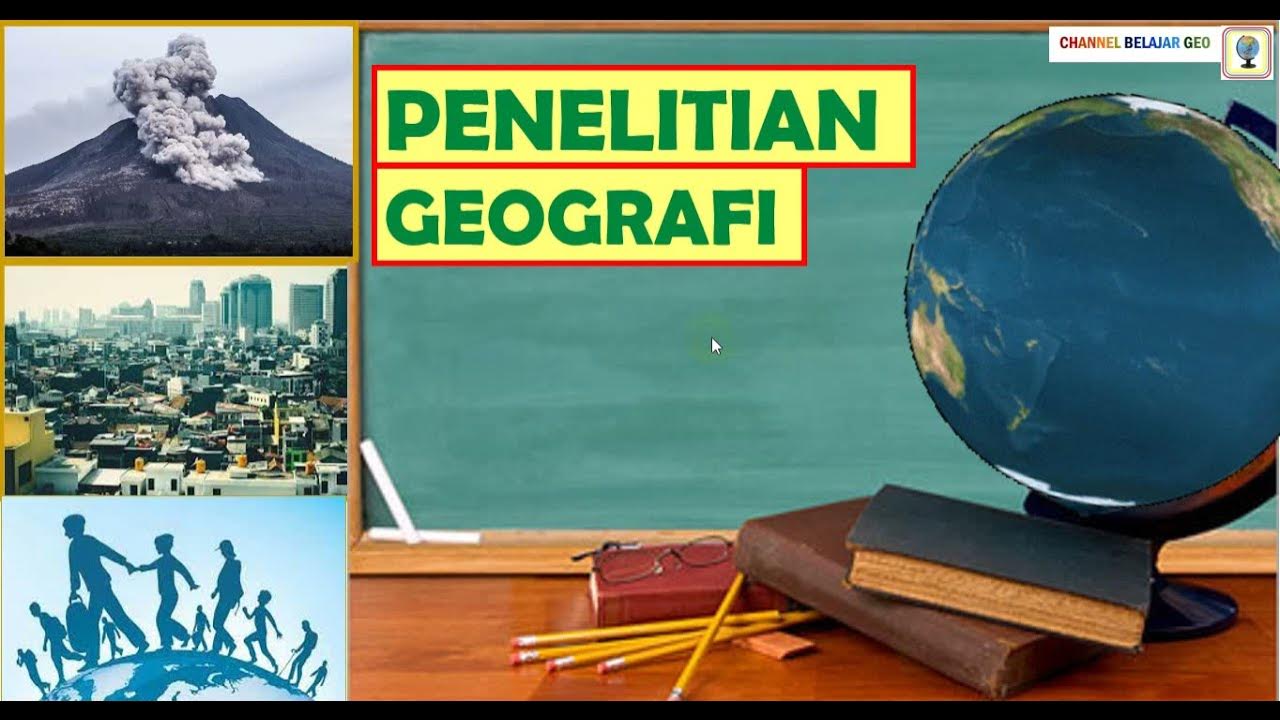METODE ILMIAH FISIKA SMA KELAS 10 | CARA CEPAT
Summary
TLDRThis video introduces the scientific method, explaining its purpose as a systematic approach used by researchers to address problems. It outlines the key criteria for the method: objectivity, freedom from bias, reliance on evidence, and hypothesis-driven analysis. The video presents a mnemonic ('Ibu Romlah') to remember the seven steps of the scientific method, from identifying a problem to analyzing data. It also explains different types of variables (independent, dependent, control, and interfering) and their roles in research. Lastly, it distinguishes between qualitative and quantitative data, underscoring their importance in scientific studies.
Takeaways
- 🔬 The scientific method involves systematic steps taken by researchers to solve problems.
- 🧠 The first characteristic of the scientific method is objectivity and accuracy in analysis.
- 🚫 The second characteristic is the absence of bias, whether positive or negative.
- 🔍 The third characteristic is the use of deep analytical thinking, ensuring thorough examination of problems.
- 💡 Hypothesis formulation is an important step, serving as a temporary explanation based on prior research.
- 📊 Quantitative techniques, which use numerical data, are essential in the scientific method.
- 🧩 The scientific method follows key steps: identifying the problem, formulating a hypothesis, collecting data, and testing the hypothesis.
- 🔗 Variables in research are categorized into four types: independent, dependent, control, and extraneous variables.
- 📉 Independent variables are the factors that cause changes, while dependent variables are the outcomes being measured.
- 📏 Control variables are those maintained constant, and extraneous variables are unwanted factors that can affect results.
Q & A
What is the main focus of the video?
-The video focuses on the scientific method, explaining its steps, characteristics, and criteria for conducting research.
What is the scientific method according to the script?
-The scientific method is a series of steps taken by researchers to address problems and questions systematically and objectively.
What are the key characteristics of the scientific method mentioned?
-The key characteristics are being fact-based, objective, free from bias, relying on analysis, and involving a hypothesis.
What role does hypothesis play in the scientific method?
-A hypothesis is a temporary explanation or prediction based on available data, which researchers test through experiments and analysis.
How does the video explain the process of data collection?
-Data is collected through methods like quantitative techniques involving numbers, and qualitative techniques which provide descriptive information.
What is the importance of objective data in scientific research?
-Objective data ensures that conclusions are based on factual evidence rather than assumptions or personal bias.
What are the different types of variables mentioned?
-The video mentions independent variables (the cause), dependent variables (the effect), control variables (kept constant), and interfering variables (unwanted influences).
What are control variables and why are they important?
-Control variables are factors that researchers keep constant to ensure that the outcome is due to the independent variable and not other factors.
What is an interfering variable?
-Interfering variables are unintended factors that may affect the outcome of an experiment and should be minimized to avoid skewed results.
What types of data are discussed at the end of the video?
-The video discusses qualitative data, which is descriptive, and quantitative data, which is represented in numerical form.
Outlines

此内容仅限付费用户访问。 请升级后访问。
立即升级Mindmap

此内容仅限付费用户访问。 请升级后访问。
立即升级Keywords

此内容仅限付费用户访问。 请升级后访问。
立即升级Highlights

此内容仅限付费用户访问。 请升级后访问。
立即升级Transcripts

此内容仅限付费用户访问。 请升级后访问。
立即升级浏览更多相关视频

Geo X. 50. Penelitian Geografi.

SCIENTIFIC METHOD SCIENCE 7 QUARTER 1 MODULE 1 WEEK 1 COMPONENTS OF SCIENTIFIC INVESTIGATION

METODE ILMIAH | Pengertian Metode Ilmiah, Langkah-langkah Metode Ilmiah, Manfaat dan Contohnya

Classroom Action Research: What Are Its Characteristics?

Metode Ilmiah || Kimia SMA Kelas X

Grade 7 Science Q1 Ep1: Scientific Ways of Acquiring Knowledge and Solving Problems
5.0 / 5 (0 votes)
